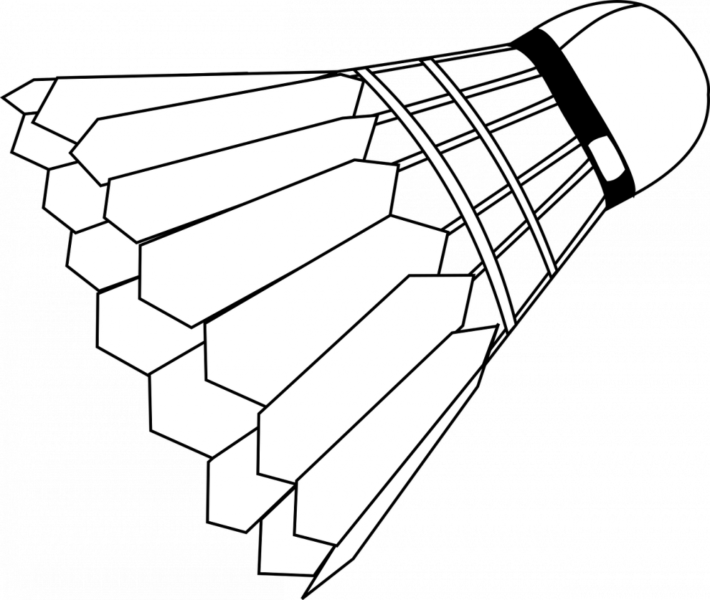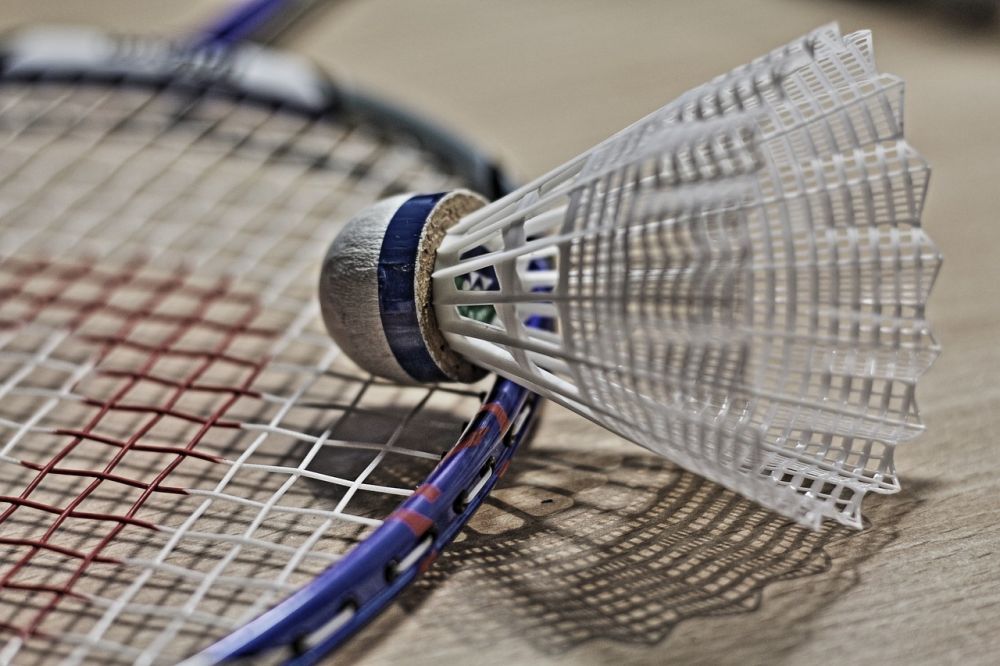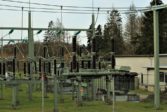Badminton Balls: A Comprehensive Guide to Understanding the Key Elements and History

Introduction:
Badminton is a popular sport that requires agility, precision, and speed. One of the most essential components of this fast-paced game is the badminton ball, also known as the shuttlecock. In this article, we will delve into the world of badminton balls, exploring their different types, popularity, measurements, variations, and historical significance.
What is a Badminton Ball?

A badminton ball, or shuttlecock, is a projectile used in the game of badminton. It is shaped like a cone with a rounded base and a feather or nylon skirt emanating from it. The purpose of the skirt is to stabilize the ball’s flight trajectory and slow down its descent, making it easier to hit.
Types of Badminton Balls
1. Feather Shuttlecocks:
Feather shuttlecocks are the most common type used in professional and competitive badminton. These balls are typically made with 16 feathers from the left-wing of a goose, although some may utilize feathers from the right-wing too. The quality of the feathers greatly affects the performance and durability of the shuttlecock. Feather shuttlecocks offer optimal flight stability and are favored by professionals for their maneuverability and control.
2. Nylon Shuttlecocks:
Nylon shuttlecocks, also known as plastic shuttlecocks, are an alternative to feather shuttlecocks. They are typically made from nylon or synthetic materials and have a plastic skirt instead of feathers. Nylon shuttlecocks are more durable and cost-effective compared to feather shuttlecocks, which makes them popular among recreational players and beginners. They provide consistent flight patterns and are suitable for both indoor and outdoor games.
Quantitative Measurements of Badminton Balls
1. Weight:
A standard badminton ball weighs between 4.74 to 5.5 grams, with feather shuttlecocks tending to be slightly heavier than nylon shuttlecocks. The weight of the shuttlecock affects its speed and stability during play.
2. Speed:
Badminton balls are categorized into different speed ratings, denoted by numbers ranging from 75 to 79. These numbers indicate the deceleration time of the shuttlecock. Lower numbers represent faster shuttlecocks with less air resistance, resulting in quicker gameplay.
Differentiating Factors of Badminton Balls
1. Flight Trajectory:
Feather shuttlecocks have a more natural flight trajectory due to the feathers’ unique characteristics. They tend to slow down and descend with precision, making them ideal for professional games. Nylon shuttlecocks, on the other hand, have a slightly flatter flight path and may be affected by wind conditions.
2. Durability:
Feather shuttlecocks are fragile and prone to damage when mishit or exposed to excessive force. Nylon shuttlecocks, being more robust, can withstand rough play and last longer.
Historical Overview of the Advantages and Disadvantages of Different Badminton Balls
Feather shuttlecocks have been the traditional choice for badminton games since the sport’s inception. The use of feathers contributes to their flight stability and superior control. However, feather shuttlecocks are expensive, require frequent replacement, and are susceptible to moisture damage. Nylon shuttlecocks emerged as an alternative to address these concerns. They offer durability, affordability, and consistent performance, making them suitable for casual play.
Conclusion:
In summary, the badminton ball, or shuttlecock, is an integral part of the game. Understanding the different types, measurements, and differentiating factors of badminton balls allows players to choose the most suitable option for their needs. Whether it be the precision and control of feather shuttlecocks or the durability and affordability of nylon shuttlecocks, the evolution of badminton balls continues to shape the sport and enhance players’ experience.
Remember, choosing the right badminton ball can significantly impact your game, so take time to explore the options and find the perfect fit for your style of play.
FAQ
What are the different types of badminton balls?
How do the flight trajectories of feather and nylon shuttlecocks differ?
What are the advantages and disadvantages of feather and nylon shuttlecocks?
Flere nyheter
Grunnarbeid: Fundamentet som avgjør resultatet
Introduction: Badminton is a popular sport that requires agility, precision, and speed. One of the most essential components of this fast-paced game is the badminton ball, also known as the shuttlecock. In this article, we will delve into the world o...
10 desember 2025
Tannlege i Kolbotn: Slik finner du trygg behandling nær deg
Introduction: Badminton is a popular sport that requires agility, precision, and speed. One of the most essential components of this fast-paced game is the badminton ball, also known as the shuttlecock. In this article, we will delve into the world o...
10 desember 2025
Omplassering av hund i Stavanger: Trygg veiledning for et godt valg
Introduction: Badminton is a popular sport that requires agility, precision, and speed. One of the most essential components of this fast-paced game is the badminton ball, also known as the shuttlecock. In this article, we will delve into the world o...
09 desember 2025
Betydningen av en elektriker i moderne samfunn
Introduction: Badminton is a popular sport that requires agility, precision, and speed. One of the most essential components of this fast-paced game is the badminton ball, also known as the shuttlecock. In this article, we will delve into the world o...
08 desember 2025











